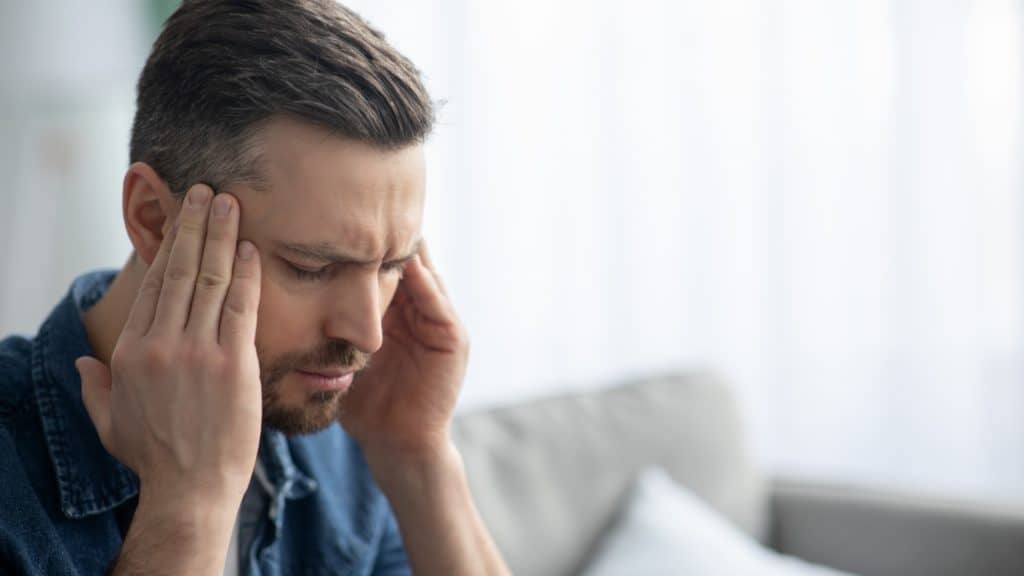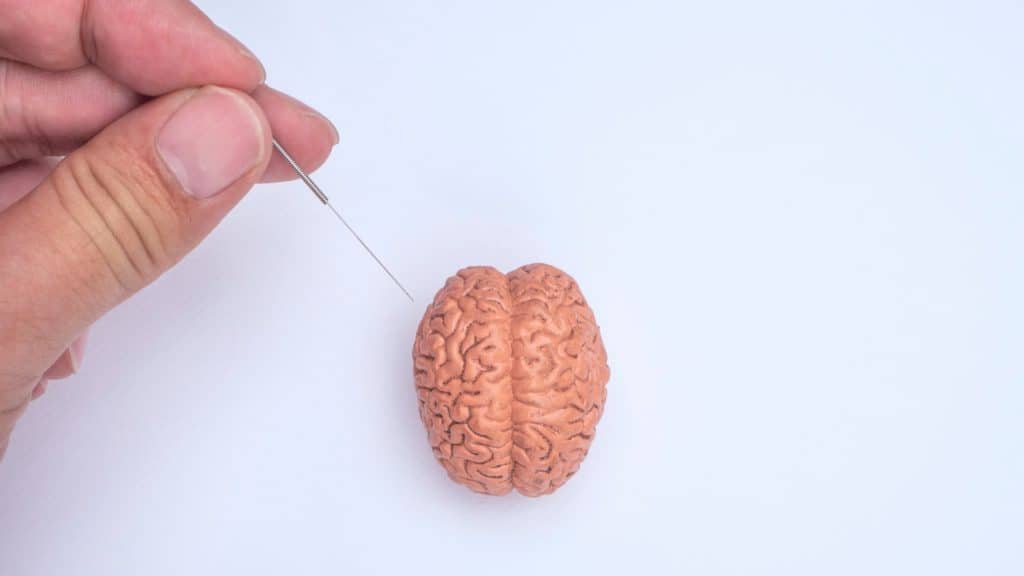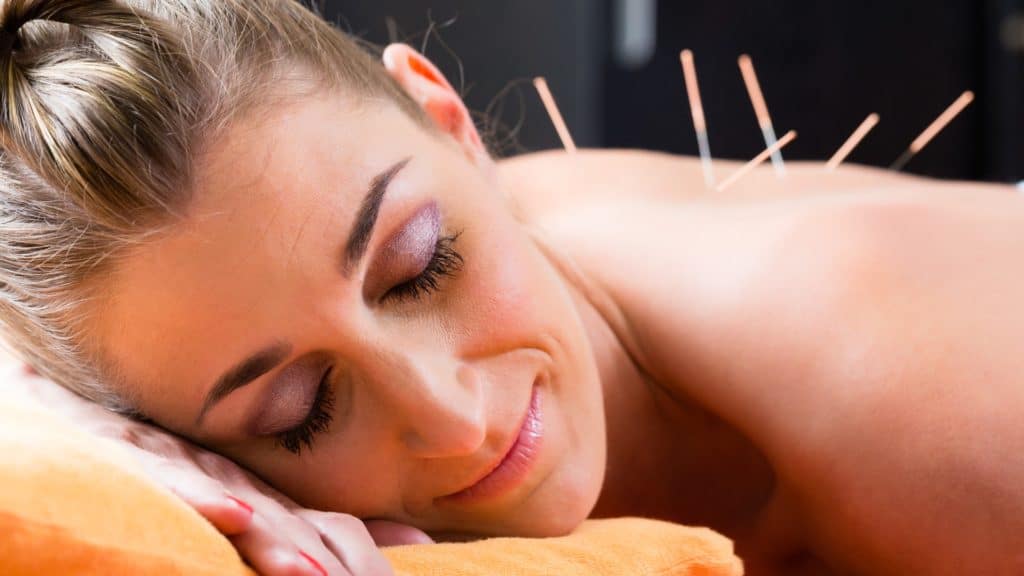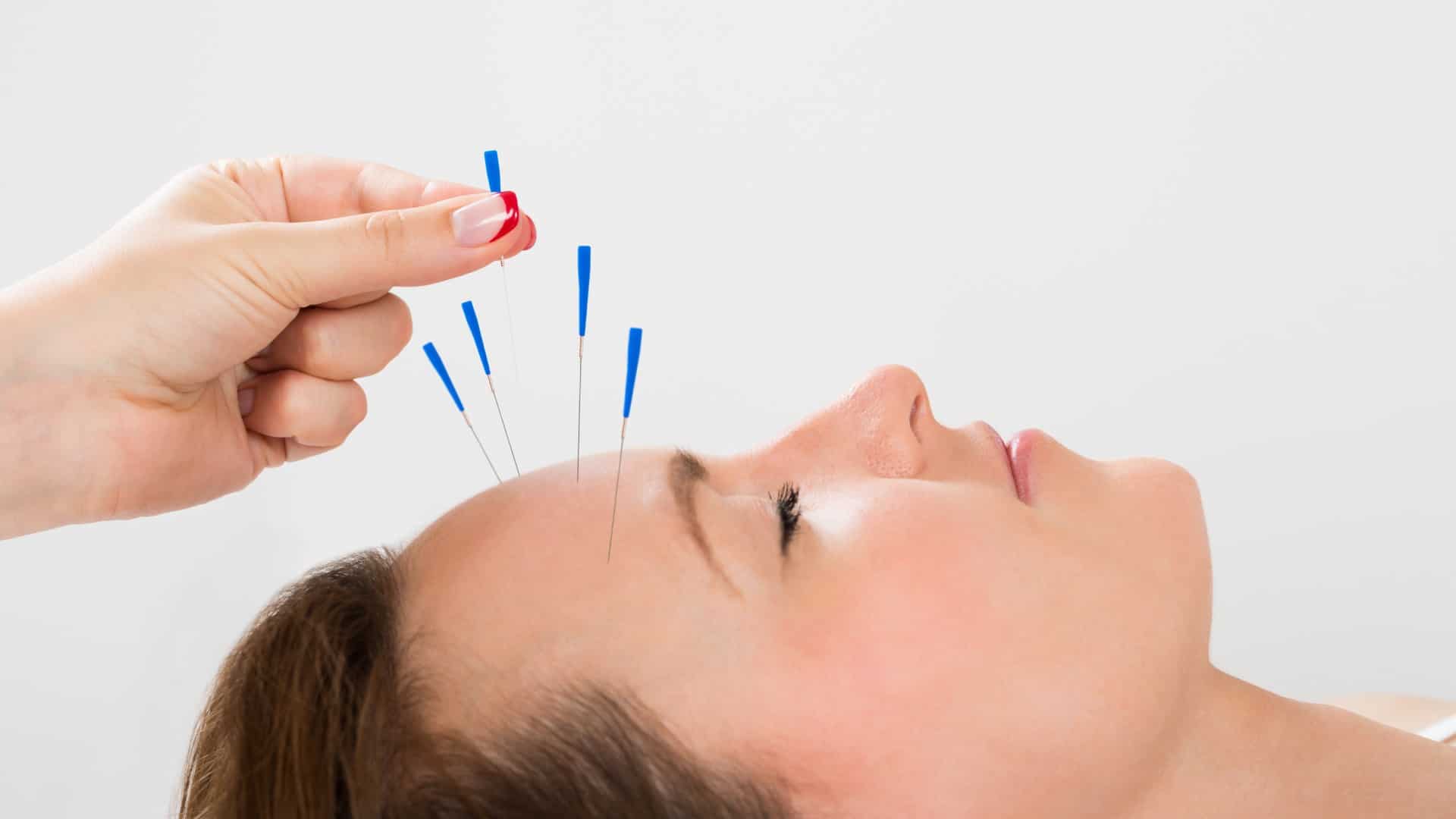Approximately 70% of the American population has at least one headache each year, making it one of the most common reasons for someone to schedule a doctor's visit. Headache pain can be debilitating, making it difficult to work, go to school, do household chores or enjoy your favorite hobbies. Fortunately, you don't have to suffer in silence.
Acupuncture can help you get relief from chronic headaches, improving your quality of life. Keep reading to learn more about what acupuncture is, how it helps with headache pain and what you can expect during an acupuncture session.
Types of Headaches

Headaches are classified as either primary or secondary. A primary headache doesn't have any underlying cause, while a secondary headache is caused by a medical condition that produces inflammation in the head and neck. Within the primary category are four distinctive types of headaches: migraines, tension headaches, hypnic headaches and cluster headaches.
Migraine headaches are the most common, affecting as many as 39 million Americans. These headaches last anywhere from two to 72 hours and typically cause pain on just one side of the head. Tension headaches usually cause pain around the forehead, temples and back of the head. Like migraines, tension headaches can last for several days. Hypnic headaches are rare; they occur only at night and last for 15 to 60 minutes at a time. Cluster headaches always occur on one side of the head, but they're different from migraines because they don't last as long and are associated with drooping of the eyelid, stuffy nose and other symptoms on the affected side of the body.
Migraines: An Overview

A migraine is a neurological disorder that usually (but not always) causes a throbbing headache. In addition to pain on one side of the head, many migraine sufferers report increased sensitivity to lights, smells and sounds. Approximately 15% to 20% of people with migraines also experience auras, which may include the following symptoms:
- Numbness
- Tingling
- Altered taste
- Seeing bright lights or dots
- Vision changes
- Ringing in the ears
- Changes in speech
Types of Migraines
Researchers have identified eight types of migraines, all with distinctive symptoms.
- Complicated migraine: This type of migraine headache is accompanied by an aura.
- Common migraine: People with common migraines experience migraine headaches without aura.
- Ocular migraine: An ocular migraine causes partial or complete vision loss in one eye. Some people also experience a dull ache behind the eye that spreads to other parts of the head.
- Silent migraine: People with silent migraines experience the aura symptom without the accompanying headache.
- Chronic migraine: A chronic migraine causes migraine symptoms on at least 15 days per month. The symptoms may be worse on some days than others.
- Hemiplegic migraine: People with hemiplegic migraines experience neurological changes limited to one side of the body. These changes may include temporary paralysis, weakness, tingling or numbness. Hemiplegic migraines may also cause vision changes and dizziness.
- Status migrainosus: In rare cases, it's possible to have a migraine that lasts for longer than 72 hours, a condition known as status migrainosus. This type of migraine is characterized by severe head pain and nausea.
- Migraine with brainstem aura: With this type of migraine, the pain may occur in the back of the head. Migraine with brainstem aura also causes slurred speech, vertigo, loss of balance or loss of vision prior to the headache.
What Can Trigger Migraines?
Researchers are still working to determine the exact cause of migraines, but they know that certain triggers make it more likely for a migraine headache to occur. These are some of the most common triggers:
- Alcohol consumption
- Caffeine use
- Hormonal changes
- Flashing lights
- Loud sounds
- Strong smells
- High levels of stress
- Food preservatives
- Poor sleep quality
- Weather changes
- Medications
- Processed foods
- Artificial sweeteners
Acupuncture for Headaches and Migraines

Many people take prescription medications for migraines, but these medications may cause unpleasant side effects. They're also not 100% effective in all users. If you've tried medication without success, consider getting acupuncture for headaches and migraines from an experienced professional. Acupuncture can also be used as a complement to prescription medications and other migraine treatments.
What Is Acupuncture?
Acupuncture is a Traditional Chinese Medicine practice that involves the insertion of thin needles at certain points on the body. TCM practitioners believe that the body has more than 2,000 acupuncture points connected by 14 meridians. Any disruption of the energy flow along these meridians can cause headaches or other symptoms.
Does Acupuncture Work for Migraine Headaches?
Acupuncture is effective for a wide range of medical conditions, including migraines and other types of headaches. In a review of clinical trials with a total of nearly 5,000 participants, researchers discovered that 59% of migraine sufferers who tried acupuncture experienced a reduction of 50% or more in the frequency of their migraine headaches. The effects of acupuncture last as long as six months, indicating that acupuncture may be as effective as some preventive medications. Acupuncture has also been shown to reduce the severity of migraine headaches, enabling people with migraines to take painkillers less often.
What to Expect During an Acupuncture Session

An acupuncture session typically consists of needle insertion, needle manipulation and needle removal. You should feel very little, if any, discomfort during the needle insertion, as each needle is about the width of a strand of hair. To manipulate the needles, the acupuncture practitioner may apply heat, move the needles around or use painless electrical pulses. After the manipulation phase, you'll lie still for about 15 minutes. The session ends when the practitioner removes the needles, which typically doesn't cause any discomfort. Needle placement depends on individual patient needs, though acupuncture points for individuals looking for migraine relief are often on the head.
Frequently Asked Questions

How Many Sessions of Acupuncture Do You Need for a Headache?
How many sessions you need depends on the frequency and severity of your headaches. According to the Migraine Trust, up to 10 sessions of acupuncture over a period of five to eight weeks would be appropriate for someone with migraines that haven't responded to beta blockers or anticonvulsant medications.
What Does Acupuncture in the Head Do?
In addition to relieving headaches, acupuncture of the head can help you feel calmer and more centered. This is because the top of the head is the site of the Baihui acupuncture point, which is where all the meridians in the body meet. TCM practitioners believe that stimulating this acupuncture point can lift the spirits and clear the mind, leading to enhanced well-being.
What Are the Side Effects of Acupuncture?
Some people experience a little discomfort during the needle insertion. Acupuncture may also cause minor bleeding and bruising at the insertion sites. It's possible to have an allergic reaction to one of the materials used to make acupuncture needles, but this side effect isn't common.
Is Acupuncture for Migraines Covered By Insurance?
It depends on your insurance plan. Medicare only covers acupuncture for chronic lower back pain, but private health insurance companies may cover acupuncture for a wide range of medical conditions, as long as it's considered medically necessary and prescribed by a doctor or other licensed health professional. Your plan may require you to use an in-network acupuncture practitioner or limit the number of sessions covered per year, so contact your insurance company to find out exactly what's covered.
How Often Should You Get Acupuncture?
A typical treatment plan includes one to two acupuncture sessions each week. Your practitioner will design a custom treatment plan based on your symptoms and your response to acupuncture.
How Long Do the Effects of Acupuncture Last?
The effects of acupuncture may last for days, weeks or months depending on your age, overall health and symptoms. If you receive acupuncture for migraines, the effects may last for as long as six months, for example.
Get Relief From Migraines

If migraine headaches are preventing you from living your best life, Northeast Spine and Sports Medicine can help. Contact us at (732) 653-1000 or schedule an acupuncture session online with an experienced practitioner.


